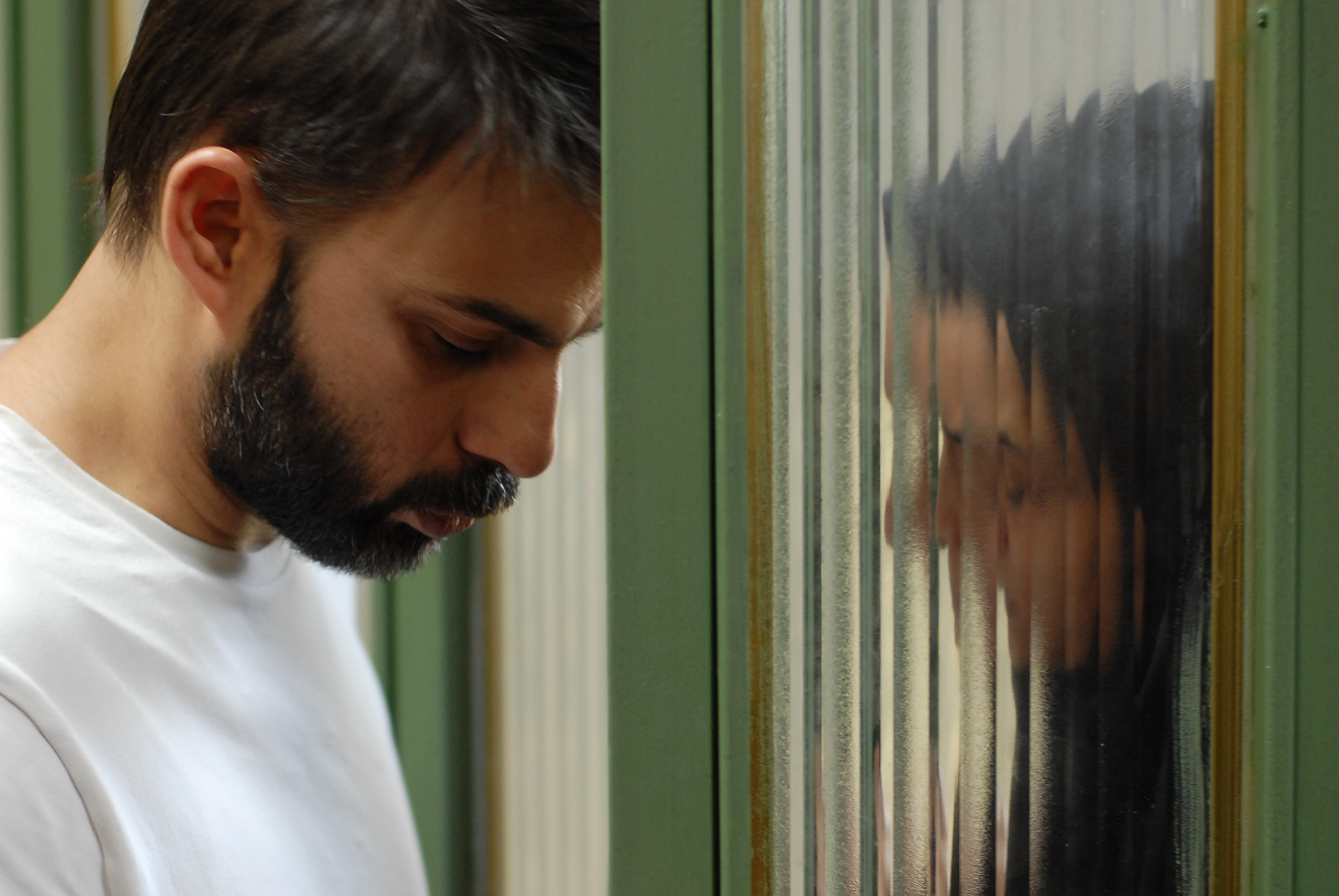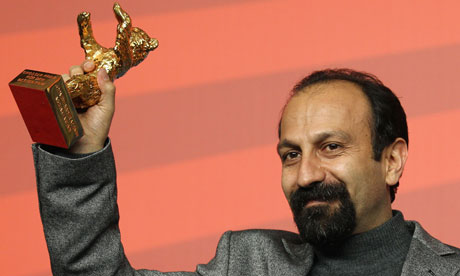11\08\2011
Written by Narayana

A Separation winner of the Golden Bear in Berlin
[pro-player image=’http://www.blendbureaux.com/wp-content/uploads/2011/08/a-separation_81302268657-800×535.jpg’]http://www.youtube.com/watch?v=B2Sswx_vrWk[/pro-player]
Asghar Farhadi was born in 1972 in Isfahan, Iran. Whilst at school he became interested in writing, drama and the cinema, took courses at the Iranian Young Cinema Society and started his career as a filmmaker by making super 8mm and 16mm films. He graduated with a Master’s Degree in Film Direction from Tehran University in 1998. During his studies, he wrote and directed several student plays, wrote for the national radio and directed a number of TV series, including episodes of Tale of a City. In 2001, Farhadi wrote the screenplay for Ebrahim Hatamikia’s box-office and critical success Low heights. His directorial debut was in 2003 with Dancing in the Dust. After Beautiful City, in 2004, and Fireworks Wednesday in 2006, Farhadi directed About Elly, winning the Silver Bear for Best Director at the 2009 Berlinale. A Separation is his fifth feature.
SYNOPSIS OF THE FILM
Simin wants to leave Iran with her husband Nader and daughter Termeh. She has already made all the necessary arrangements. Nader, however, is having second thoughts. He is worried about leaving behind his father, who is suffering from Alzheimer’s. For this reason he decides to call off the trip altogether. As a result of Nader’s decision, Simin decides to sue for divorce at the family court. When her request is rejected, however, she refuses to live with Nader, moving instead into her parents’ home. Termeh decides to stay with her father, hoping that her mother will soon come back to live with them. Nader finds it difficult to cope with the new situation – not least because it turns out to be so time-consuming. And so he hires a young woman named Razieh to look after his father. This young woman is pregnant and has accepted the job without her husband’s knowledge. One day, Nader arrives home to find that not only has his father been left alone, he has also been tied to a table! When Razieh returns, a blazing row ensues, the tragic consequences of which not only shatter Nader’s life, but also the image his daughter Termeh has of her father.
INTERVIEW WITH ASGHAR FARHADI
What was the trigger for this film?
In what circumstances was the idea born ?
I was in Berlin working on a screenplay for a film taking place entirely in this city. One evening, in my friend’s kitchen, I heard an Iranian tune playing next door. Suddenly, my mind was overtaken by memories, and images, linked to another story. I tried to get rid of them, to concentrate on the screenplay I was developing. To no avail: the ideas and images had taken root. They wouldn’t let go in the street, in public transport, I was followed by this embryo of a story from somewhere else, invading my Berlin time. I finally accepted that I was feeling closer to this story every day. So I went back to Iran, and started writing this other screenplay. I guess we could say this film was conceived in a Berlin kitchen…
How do you work with your actors?
I usually take a long time to choose the actors, and this was no exception. I tend to avoid embarrassing actors with general considerations on the film, or my vision of it. I feel the actor doesn’t need the global meaning of the film, but must strive to concentrate on his own character’s definition and intentions. My method, in fact, is to adapt to each actor, his or her way of being and doing. But what is constant is the importance of rehearsing. This is when the actors become their characters. Which means that during the shoot, we can concentrate on details, as the outline is already there. We took our time to rehearse, working from a very detailed screenplay, which we followed precisely, to enable each actor to understand the different dimensions of their character. This approach may very well come from my experience with the theater. It doesn’t mean propositions or opinions are forbidden, but we agreed that rehearsals were the only place to discuss. Once we started shooting, we agreed that variations would be minimal.
In what conditions did you shoot ?
All of the scenes were shot on location. However, for the scenes in the judge’s office and in court, as we weren’t allowed to shoot in the real location, we built everything in two disaffected schools. Is the separation at the heart of your film only that of a couple? I don’t think it’s important for the audience to know my intention. I’d rather they left the cinema with questions. I believe that the world today needs more questions than answers. Answers prevent you from questioning, from thinking. From the opening scene, I aimed to set this up. The film’s first question is whether an Iranian child has a better future in his or her own country or abroad. There is no set answer. My wish is that this film will make you ask yourselves questions, such as these ones.
The leading characters are both female. Why?
In my films, I try to give a realistic and complex vision of my characters, whether male or female. I don’t know why women tend to be more of a driving force. Perhaps it’s an unconscious choice. It could also be that in a society in which women are oppressed, men can also no longer live in peace. Currently, in Iran, it is the women who are struggling most in an attempt to recover the rights they have been deprived of. They are at once more resistant and more determined. But if the two characters both happen to be women, they have nevertheless made very different life choices. Both are trying to save their hide. One is from the poor underclass, with all its attendant particularities, while the other is middle class.
Was it your intention to draw a more contrasted portrait of Iranian women?
Western audiences often have a very fragmented image of the Iranian woman, whom they see as being passive, homebound, far from any kind of social activity. Perhaps a certain number of women in Iran do live like that, but for the most part women
are highly present and active in society, and in a much more forthright manner than men, despite the restrictions they are subjected to. Both kinds of women are present in the film, without either being condemned or proclaimed a heroine. The confrontation between these two women is not that of good versus bad. They are simply two clashing visions of good. And that is where, in my opinion, modern tragedy resides. Conflict sparks between two positive entities, and what I hope is that the viewer will not know whose victory to wish for.
Do you feel it is necessary to know the culture or language to understand all possible reading levels ?
It is probably easier for an Iranian audience to establish a complete relationship with the film. Knowing the language, but also the context and social texture in which the story is set will no doubt open up less obvious interpretations. Yet at the heart of the story is a married couple. Marriage is a form of relationship between two human beings, unrelated to the period or society in which it is set. And the issue of human relationships is not specific to a given place or culture. It is one of modern society’s most essential and complex concerns. So I feel that the subject of the film makes it accessible to a wider public, beyond geographical, cultural or linguistic frontiers.

